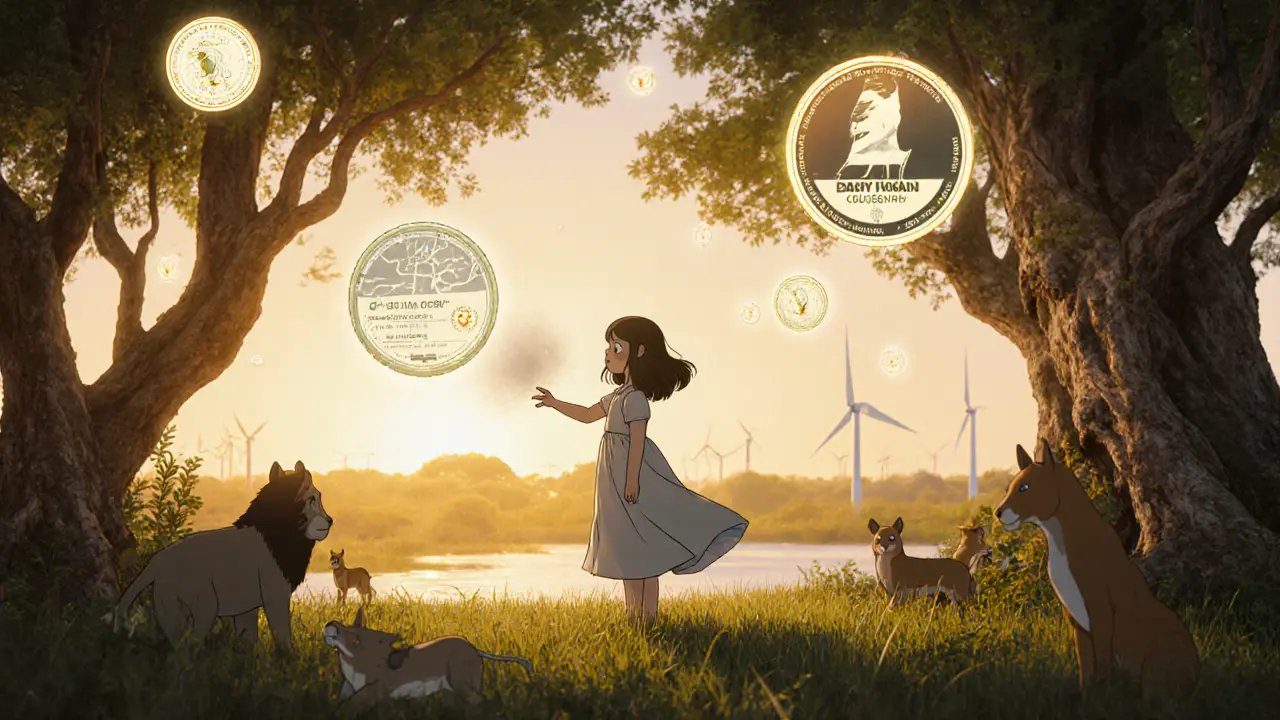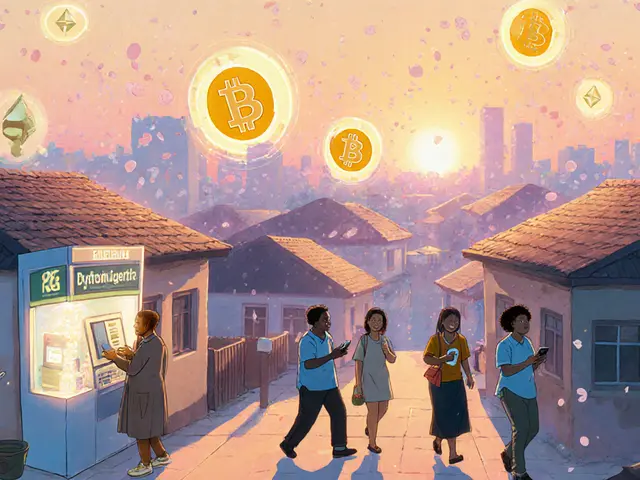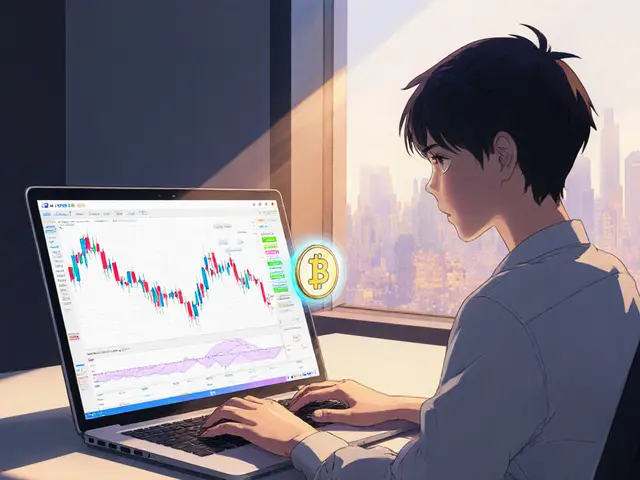KlimaDAO: What It Is, How It Works, and Why It Matters in Crypto
When you hear KlimaDAO, a decentralized autonomous organization that uses blockchain to back carbon credits with cryptocurrency. It’s not just another crypto project—it’s a real attempt to turn environmental action into a financial incentive. Unlike most tokens that rely on speculation, KlimaDAO’s value is tied to something physical: verified carbon removal. Each Klima token (KLIMA) represents a fraction of a ton of carbon dioxide that’s been permanently taken out of the atmosphere. This isn’t theoretical—it’s backed by actual carbon offsets purchased on real-world markets.
What makes KlimaDAO different is how it handles supply and demand. Instead of letting its token price swing wildly like meme coins, KlimaDAO uses a unique token economics, a system designed to stabilize the value of KLIMA by controlling how many tokens are in circulation. It does this by offering rewards to people who stake their tokens, encouraging them to hold rather than sell. This model reduces selling pressure and keeps the price anchored to the real value of carbon. It’s a clever fix for the volatility that breaks so many crypto projects. And because it’s a DAO governance, a community-run organization where token holders vote on decisions like treasury use and policy changes. It’s not controlled by a CEO or board—it’s run by anyone who holds KLIMA and participates in voting. This means users aren’t just investors—they’re active participants in shaping how carbon credits are used and priced.
People often confuse KlimaDAO with carbon offset platforms that just sell certificates. But KlimaDAO goes further. It creates a liquid market for carbon credits, something that’s been missing in traditional environmental markets. By tokenizing these credits, it lets small investors participate in climate action without needing to buy entire tons of carbon. It also connects with DePIN networks and blockchain infrastructure projects that need carbon offsets to meet sustainability goals. And while many crypto projects talk about being green, KlimaDAO actually puts money where its mouth is—buying real offsets and locking them into its treasury.
There are risks, of course. Token prices can still drop if demand falls, and regulatory uncertainty around carbon credits could affect its foundation. But what sets KlimaDAO apart is its focus on measurable outcomes. It doesn’t just promise to save the planet—it tracks every ton of CO2 it backs. If you care about crypto that does more than move prices, KlimaDAO is one of the few projects that actually ties value to real-world impact. Below, you’ll find real case studies, breakdowns of its token mechanics, and reviews of how it stacks up against other climate-focused crypto efforts. Some posts show how it’s used by developers, others reveal why its staking rewards have drawn tens of thousands of users. This isn’t hype—it’s a working model, and you can see exactly how it’s built.
Carbon Credit Trading on Blockchain: How Tokenized Offsets Are Changing Climate Markets
Blockchain is transforming carbon credit trading by turning offsets into transparent, tradeable digital tokens. Learn how tokenized credits work, who’s leading the space, and why quality matters more than tech.





